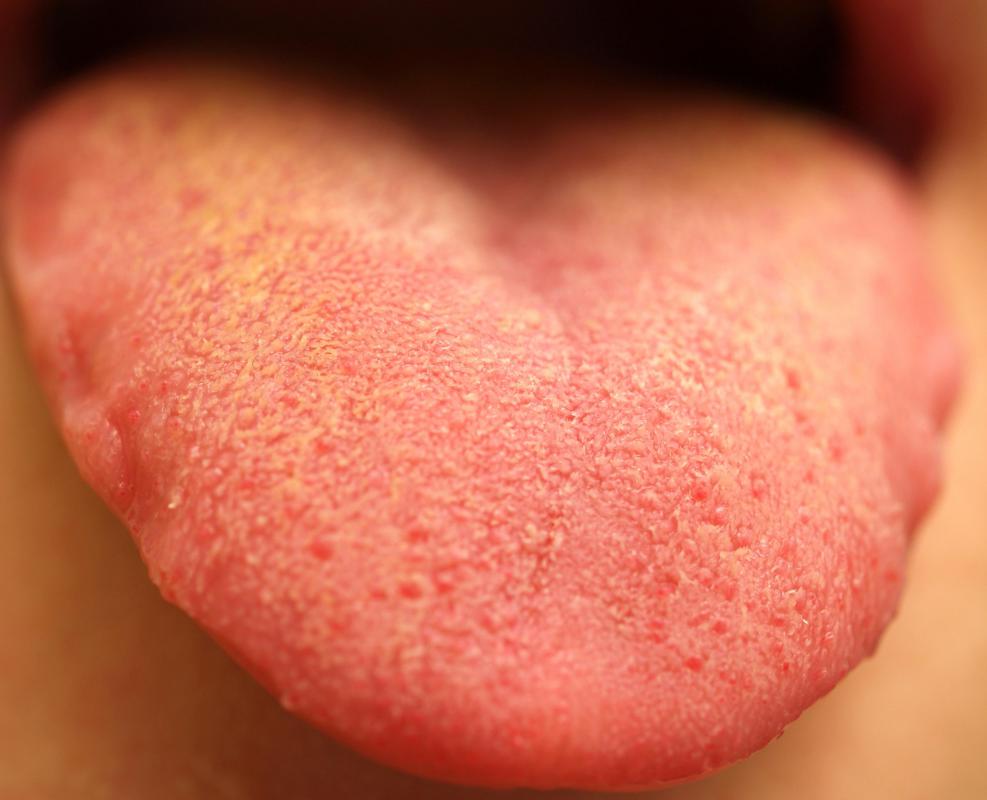At WiseGEEK, we're committed to delivering accurate, trustworthy information. Our expert-authored content is rigorously fact-checked and sourced from credible authorities. Discover how we uphold the highest standards in providing you with reliable knowledge.
What Factors Affect Amylase Secretion?
Amylase is an enzyme that breaks down starch and is secreted in pancreatic juice and saliva. Most of the secretion of amylase is accounted for by the pancreas, a digestive organ near the stomach, and only a small amount is present in saliva. This means that factors that affect the production of pancreatic juices are largely those that control amylase secretion. The function of the pancreas is influenced by both hormones and nerves. When food reaches the stomach or passes into the small intestine, the pancreas is stimulated to secrete digestive juices containing amylase.
As the purpose of amylase is to take part in digestion, it makes sense that it is secreted by the pancreas in response to the presence of food in the gut. Between meals, hardly any secretion occurs. In saliva, the function of amylase is to begin starch digestion. Saliva is produced in response to signals from the nervous system, which is why people's mouths water in anticipation of food.

The main factors stimulating the pancreas and promoting amylase secretion are hormonal. Three different hormones that act on the pancreas are produced by cells in the digestive system, and they are known as gastrin, secretin and cholecystokinin. Two of these affect amylase secretion.
Cholecystokinin is produced by cells in the duodenum, the length of small intestine that leads from the stomach. When food leaves the stomach and enters the duodenum, cholecystokinin is secreted into the blood. It travels to the pancreas and binds to cell receptors, causing the release of digestive enzymes, including amylase secretion.

When food enters the stomach, the hormone gastrin is secreted. As well as stimulating stomach acid production, this acts on the pancreas in a similar way to cholecystokinin. It causes amylase secretion, along with the release of other digestive enzymes in pancreatic juices. In addition to its control by hormones, amylase secretion is affected to a lesser extent by a nerve called the vagus nerve. When a person is expecting a meal to arrive, the vagus nerve sends signals to the pancreas, causing the release of digestive juices.

If the pancreas is damaged, amylase is released into the blood. This means that amylase tests, which measure levels of amylase in blood or urine samples, can be used to detect pancreatic disease. In the condition known as acute pancreatitis, where the pancreas is inflamed, amylase levels may increase until they are up to six times higher than normal. With successful treatment, using pain medication and intravenous fluids, normal amylase levels may return in a number of days.
AS FEATURED ON:
AS FEATURED ON:













Discuss this Article
Post your comments